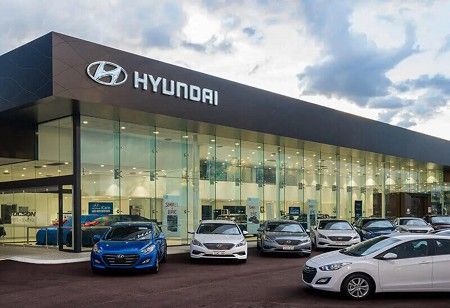
Hyundai Motor India Limited (HMIL) held its first-ever Investor Day, unveiling a detailed strategic plan that primarily focuses on product expansion, advanced manufacturing, deep localization, and achieving financial milestones to drive growth up to FY2030.
José Muñoz, President and CEO of Hyundai Motor Company, stated that India will be the focus of Hyundai's global vision, referring to the country as the automaker's second-largest market by the end of the decade.
Additionally, HMIL plans to invest Rs 45,000 crore over the course of its long-term strategy and is committed to launching 26 new models, including seven new nameplates and an India-first locally produced dedicated electric SUV by 2027.
The luxury brand Genesis is also set to be introduced, aimed at attracting premium car buyers. India is expected to become a significant global manufacturing hub with exports contributing up to 30% of the total production.
The substantial investment that Hyundai is making to ensure sustainable and innovation-driven growth is well reflected through their target of crossing Rs 1 lakh crore in revenue by FY2030 while still maintaining strong double-digit EBITDA margins, as per the words of Unsoo Kim, Managing Director of HMIL.
Also Read: India Unveils ₹69,275 Cr Plan to Boost Shipbuilding Sector
COO Tarun Garg shared his views on the company achieving a 15% plus domestic market share, with SUVs driving more than 80% of the volumes.
The automaker will cover all types of powertrains — ICE, CNG, Hybrid, and Electric — with over half of the lineup featuring sustainable technologies. The network of sales and service centers will cover 85% of India’s districts by the end of the decade, which is a step towards inclusive growth and deeper market penetration.
Through innovation, customer-centricity, and advanced mobility solutions that are in line with its global vision of “Progress for Humanity”, HMIL has been leading India’s automotive landscape for almost 30 years.
We use cookies to ensure you get the best experience on our website. Read more...